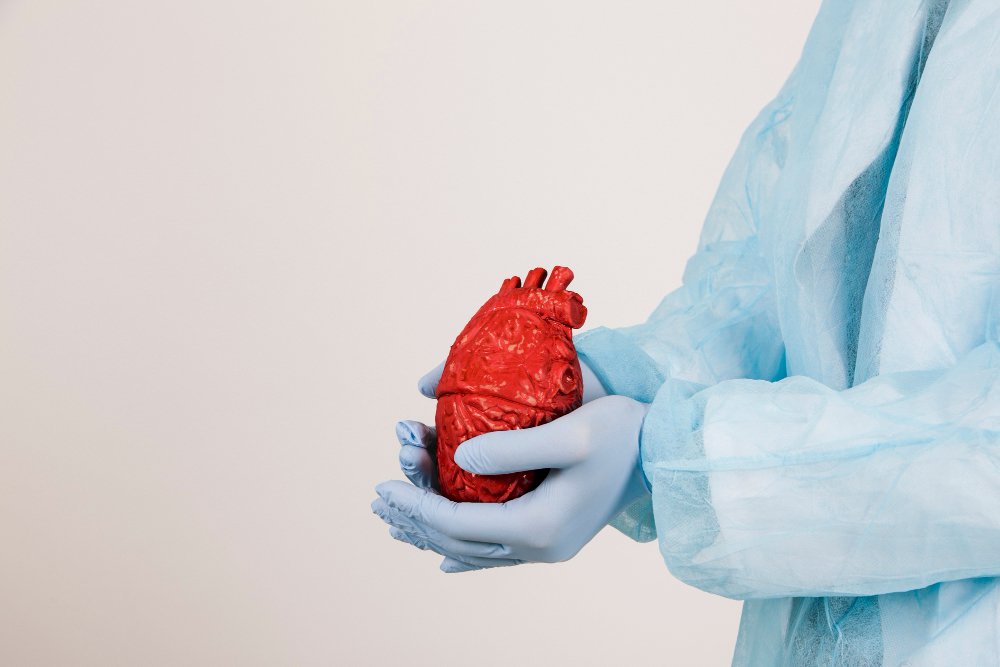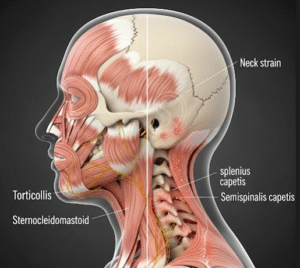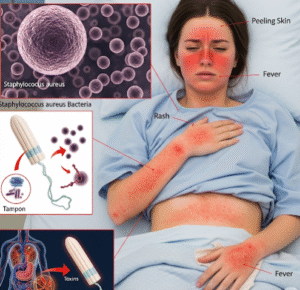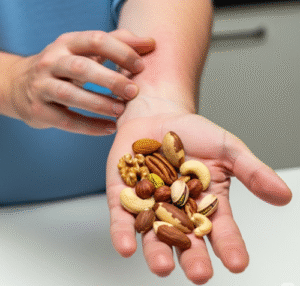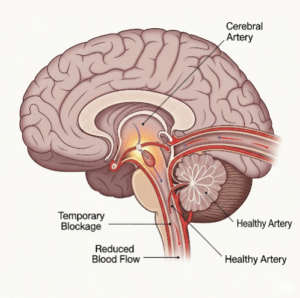Overview
Aortic Valve Disease is a heart valve condition that affects the function of the aortic valve—the valve that controls blood flow from the heart’s left ventricle into the aorta and to the rest of the body. The disease may involve either narrowing (stenosis), leaking (regurgitation), or a combination of both, leading to impaired blood circulation and increased workload on the heart. Early diagnosis and timely intervention are key to preventing serious complications.
What is Aortic Valve Disease?
Aortic Valve Disease includes any malfunction of the aortic valve. There are two main types:
- Aortic Stenosis: The valve does not open fully, restricting blood flow.
- Aortic Regurgitation (or Insufficiency): The valve does not close completely, allowing blood to leak backward into the heart.
These conditions can develop gradually over time or result from congenital abnormalities, infections, or other cardiovascular diseases.
Symptoms
Many people with mild aortic valve disease may have no symptoms. As the disease progresses, symptoms may include:
- Chest pain or tightness (especially during exertion)
- Shortness of breath
- Fatigue
- Fainting or lightheadedness
- Irregular heartbeat
- Swelling in the ankles or feet
- Heart murmur (heard via stethoscope)
Causes
- Age-related degeneration: Common in older adults due to calcification
- Congenital heart defects: Bicuspid aortic valve (only two leaflets instead of three)
- Rheumatic fever: Can cause scarring and damage
- Endocarditis: Infection of the heart valve
- Radiation therapy: To the chest area
- Connective tissue disorders: Such as Marfan syndrome
Risk Factors
- Older age
- Male gender
- Family history of heart valve disease
- High blood pressure
- High cholesterol
- History of rheumatic fever or heart infections
- Congenital heart defects
Complications
- Heart failure
- Arrhythmias (abnormal heart rhythms)
- Stroke
- Blood clots
- Sudden cardiac arrest
- Reduced quality of life and functional capacity
Prevention
- Control high blood pressure and cholesterol
- Avoid smoking and excessive alcohol
- Treat infections early, especially strep throat to prevent rheumatic fever
- Regular cardiac screenings for those with congenital conditions or family history
- Maintain a healthy lifestyle with diet and exercise
Treatment Options in Korea
South Korea provides some of the most advanced and reliable treatment options for aortic valve disease, with expert cardiology and cardiothoracic teams.
1. Diagnosis
- Echocardiogram (TTE/TEE): Primary tool to assess valve function and blood flow
- CT Scan or MRI: For detailed heart imaging
- Cardiac Catheterization: To measure pressures and confirm diagnosis
- ECG and chest X-ray: To detect heart enlargement or rhythm issues
2. Medical Management
- For mild cases: Regular monitoring and medications to manage symptoms and blood pressure
- Diuretics, vasodilators, or beta-blockers may be prescribed based on symptoms
3. Surgical Treatments
- Aortic Valve Replacement (AVR): Either mechanical or tissue valve replacement via open surgery
- Transcatheter Aortic Valve Replacement (TAVR): A minimally invasive procedure for high-risk patients
- Valve Repair: In selected cases where repair is feasible
4. Post-Treatment Care
- Cardiac rehabilitation programs
- Lifelong follow-up and anticoagulation (for mechanical valves)
- Lifestyle modifications and medication adherence

